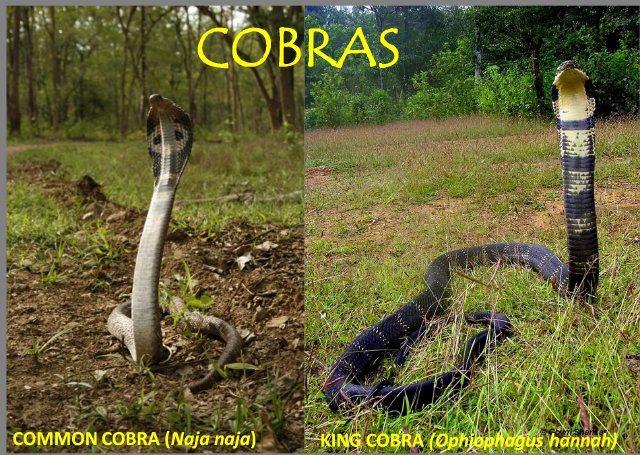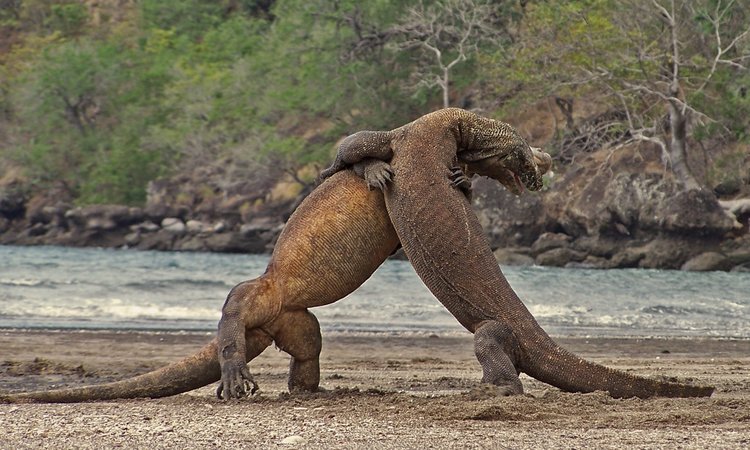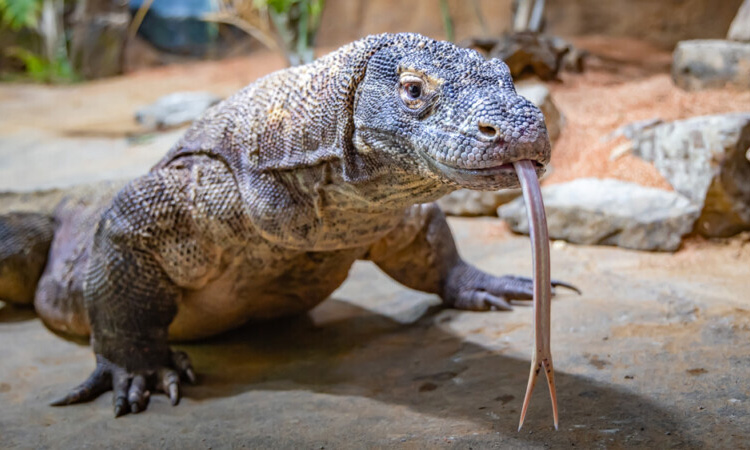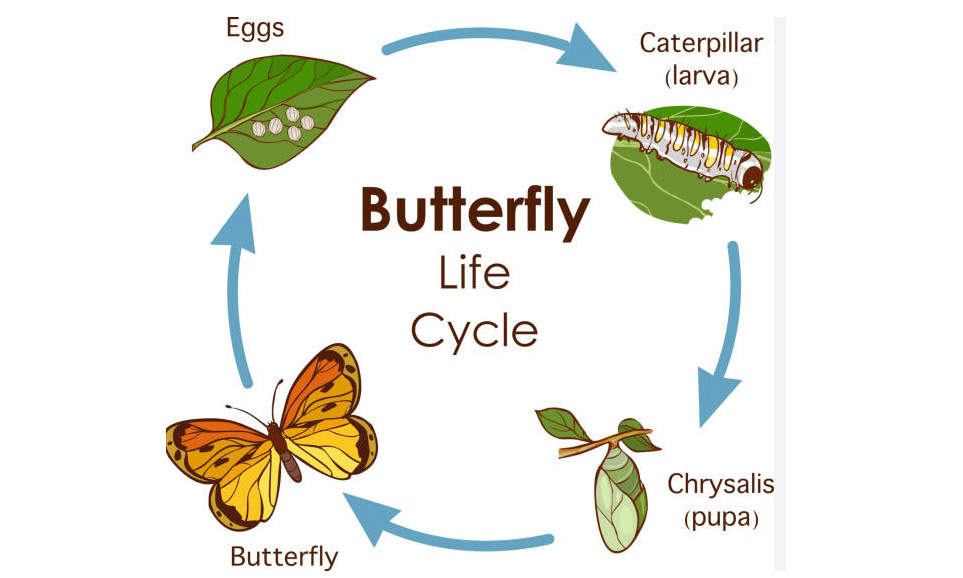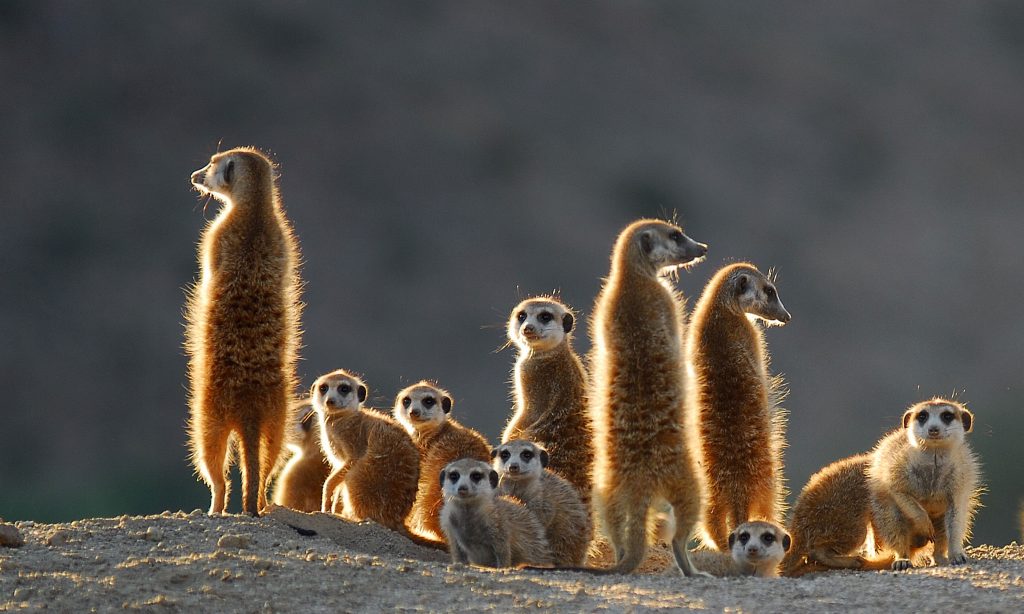In the realm of venomous snakes, the confrontation between the king cobra vs cobra stands out as a compelling clash of titans. Both belonging to the family Elapidae, these formidable serpents are known for their lethal venom and distinct characteristics. In this exploration, we delve into the nuances that differentiate the King Cobra from its smaller yet equally dangerous relative, the Cobra.
The King Cobra: The Monarch of Snakes
Standing as the longest venomous snake in the world, the King Cobra (Ophiophagus hannah) commands attention with its imposing presence. Native to the forests of Southeast Asia, the King Cobra boasts an average length of 10 to 13 feet, although some individuals can reach a staggering 18 feet. Recognizable by its distinctive hood and olive-green coloration, this serpent strikes fear into the hearts of both predators and prey.
Armed with potent neurotoxic venom, the King Cobra is a highly efficient hunter. Its diet primarily consists of other snakes, making it a formidable adversary in the serpent hierarchy. Despite its ominous reputation, the King Cobra is generally elusive and tends to avoid human encounters, showcasing a reclusive nature.
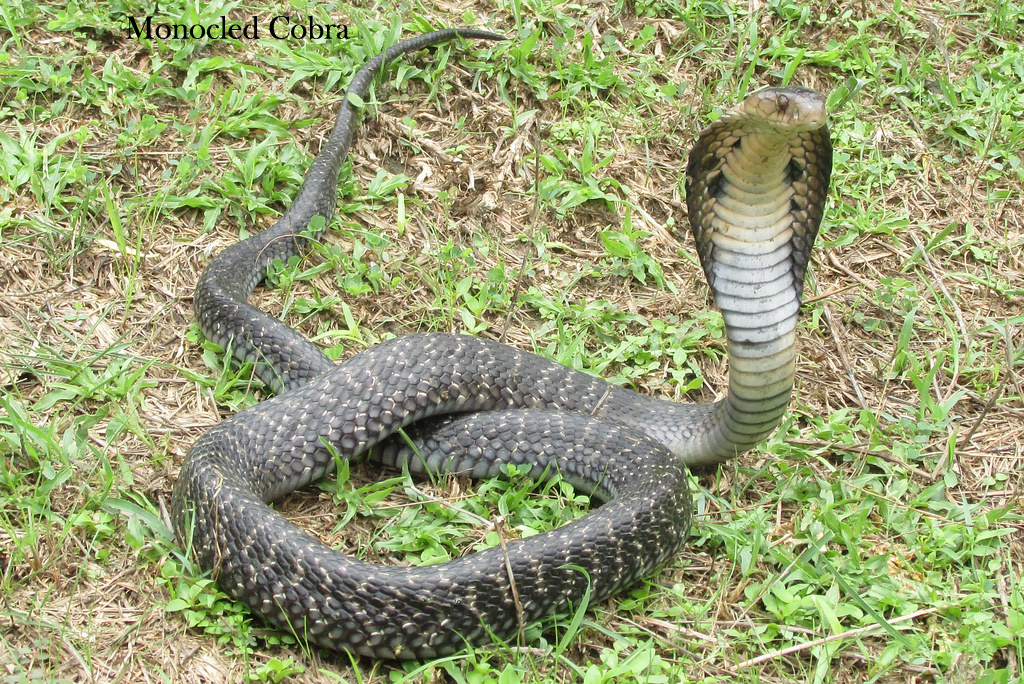
The Cobra: A Venomous Challenger
In contrast, the term “cobra” is a generic name that encompasses various species, with the Indian Cobra (Naja naja) being one of the most well-known. While smaller than its regal counterpart, the Cobra is by no means less lethal. Ranging in length from 4 to 7 feet, the Cobra is easily identifiable by the iconic hood it displays when threatened.
The venom of the Cobra contains cytotoxins and neurotoxins, causing tissue damage and disrupting the nervous system. Known for its potent strike and quick reflexes, the Cobra is a formidable predator in its own right. Unlike the King Cobra, many species of Cobras are known for their adaptability to diverse environments, including grasslands, forests, and urban areas.
Distinctive Features: Separating the Royals from the Challengers
Several key features set the King Cobra apart from its Cobra relatives. The most striking is the size – the King Cobra’s sheer length dwarfs that of most Cobras. Additionally, the hood of the King Cobra is broader and more pronounced, creating an imposing spectacle when raised.
Furthermore, the behavior of these snakes differs significantly. While both are capable hunters, the King Cobra’s preference for other snakes as prey sets it apart. The Cobra, on the other hand, exhibits a broader diet that includes rodents, birds, and amphibians.
A Fascinating Coexistence
In the vast tapestry of the animal kingdom, the King Cobra and Cobra carve out their niches as formidable predators. While the King Cobra commands attention as the longest venomous snake, the Cobra’s adaptability and potent venom make it a worthy challenger. Both species, despite their lethal potential, play crucial roles in maintaining ecological balance. The ongoing coexistence of these serpentine adversaries adds an intriguing chapter to the intricate story of the natural world, where survival hinges on adaptability, prowess, and the age-old dance of predator and prey.
